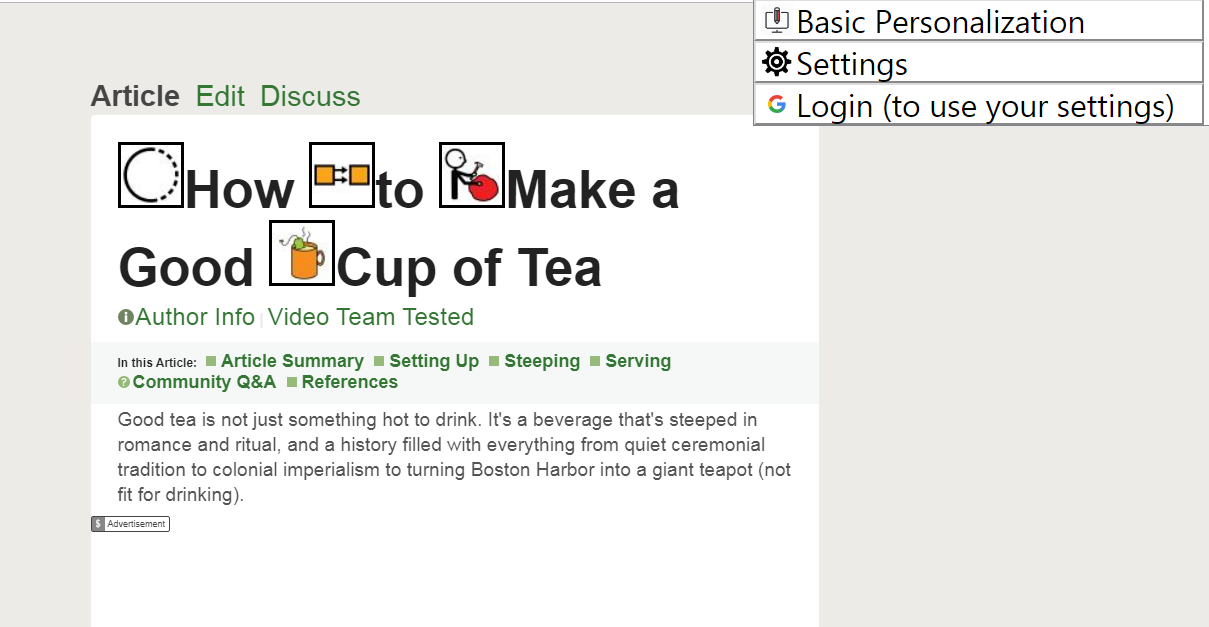



Closed lseeman closed 3 years ago




That looks great Lisa and I am sure you have solved the issue we are coming up against all the time with pictorgraphic symbol sets. Some symbols have the same labels (gloss) that mean something different and are represented by different images and others have the same labels with many symbol options and all belong to the same symbol set. In this case I notice you are using ARASAAC so here is an example. I wonder how you solve this problem?

Hello EA,
Our approach is to use the numeric identifier from the BLISS set as the token value, with the expectation that other symbol sets will map against that "Master" set. We expected that for many of the impacted users, they will already have at least one symbol set installed that they are accustomed to, and so the 'mapping' would be the responsibility of the helper tool.
For example in your included example, you show 3 different symbols for "make (action verb)".
The coded solution would be
So, all the other sets would need to map their symbol for "Make" to the numeric value of 8993 (We needed a Rosetta stone, and BLISS was chosen to be that for multiple reasons).
Does that make sense?
JF
On Mon, Apr 20, 2020 at 12:36 PM eadraffan notifications@github.com wrote:
That looks great Lisa and I am sure you have solved the issue we are coming up against all the time with pictorgraphic symbol sets. Some symbols have the same labels (gloss) that mean something different and are represented by different images and others have the same labels with many symbol options and all belong to the same symbol set. In this case I notice you are using ARASAAC so here is an example. I wonder how you solve this problem? [image: symbol choices] https://user-images.githubusercontent.com/743388/79781526-8371cc80-8335-11ea-8045-3c2a2f92ec1a.png
— You are receiving this because you are subscribed to this thread. Reply to this email directly, view it on GitHub https://github.com/w3c/personalization-semantics/issues/148#issuecomment-616705119, or unsubscribe https://github.com/notifications/unsubscribe-auth/AAJL44YILIPCOIOVONVNDADRNSBYBANCNFSM4MMKGQNQ .
-- John Foliot | Principal Accessibility Strategist | W3C AC Representative Deque Systems - Accessibility for Good deque.com
Thank you so much John for your really helpful answer - all the symbols I have used come from ARASAAC and have been linked to Bliss in the past thanks to Lundalv and Debring but as you can see there are several symbols on offer for the different meanings of the verb 'make'.
Hi EA,
So, I'm still learning about symbol usage, but at the end of the day, it seems there is an element of subjectivity here that we may not be able to resolve (in the same way we can't accurately define "appropriate alt text"), as it appears to me that it is also contextual.
But more importantly (at least to me) is when you wrote: "... there are several symbols on offer for the different meanings of the verb 'make'." To which I'll ask, "in the same symbol set?" (or is more likely that symbol set A uses one graphic, symbol set B uses a different one, and Bliss uses a third and also different symbol?...) If it is the latter, then it is a problem that internationalization already has to grapple with: when translating from one language to another, there may not always be the correct one-to-one mapping of concepts, and/or it is never a 'literal' word-for-word translation.
As noted, I am still a novice in this area, but perhaps you can tell me how that problem / issue is resolved when human translation is involved?
JF
On Wed, Apr 22, 2020 at 11:34 AM eadraffan notifications@github.com wrote:
Thank you so much John for your really helpful answer - all the symbols I have used come from ARASAAC and have been linked to Bliss in the past thanks to Lundalv and Debring but as you can see there are several symbols on offer for the different meanings of the verb 'make'.
— You are receiving this because you commented. Reply to this email directly, view it on GitHub https://github.com/w3c/personalization-semantics/issues/148#issuecomment-617889997, or unsubscribe https://github.com/notifications/unsubscribe-auth/AAJL443VMZTGLT25LI5BEATRN4MABANCNFSM4MMKGQNQ .
-- John Foliot | Principal Accessibility Strategist | W3C AC Representative Deque Systems - Accessibility for Good deque.com
hi EA I think this is more for the user agent to determine what symbol to use. it is interesting topic for research but I think it is out of scope for this speck. Does that make sense?
Yes thank you very much.